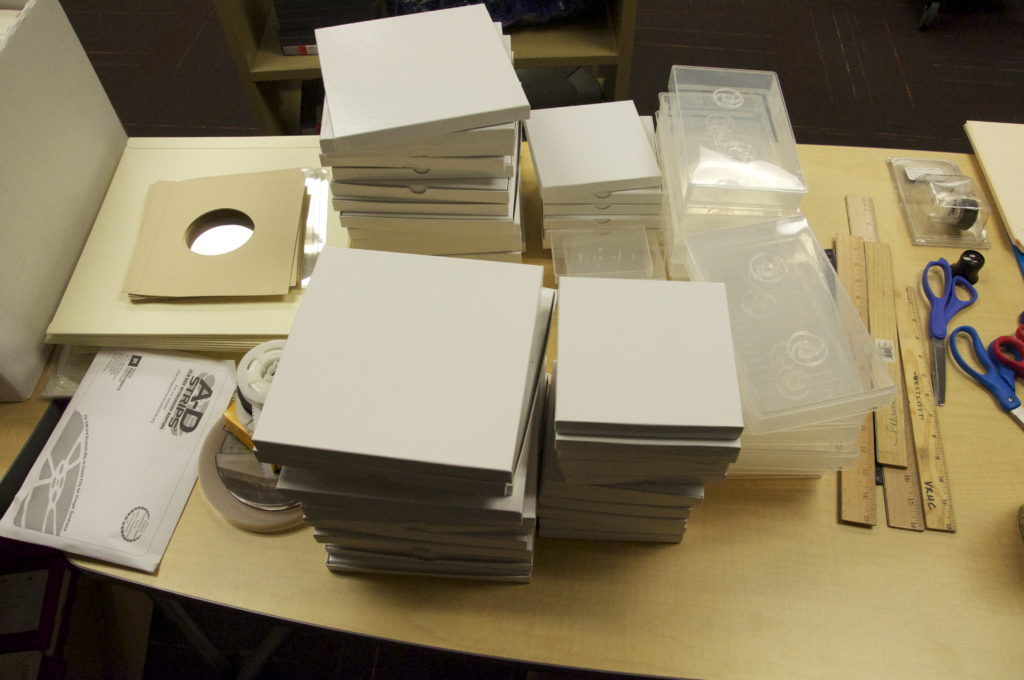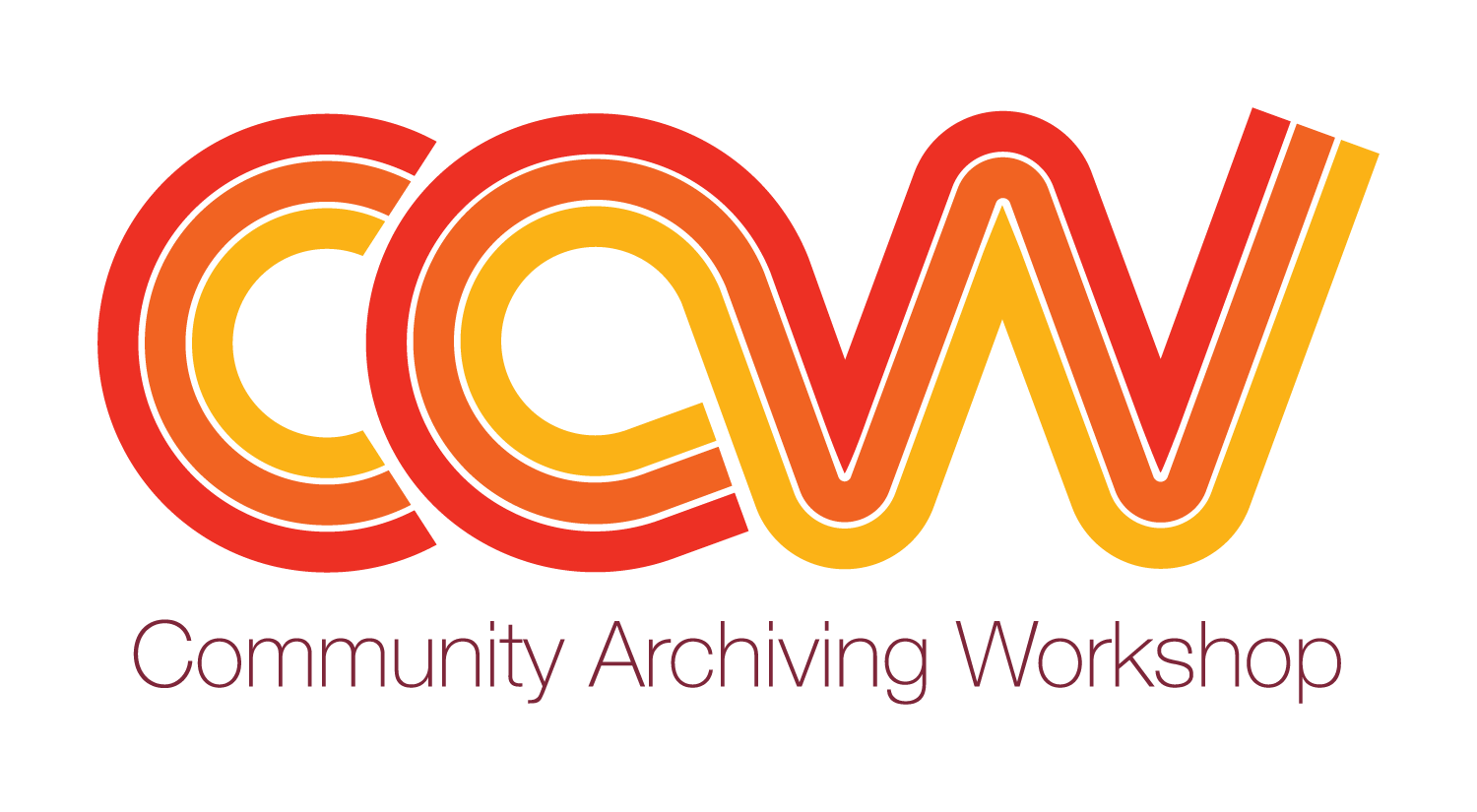The primary goal of every CAW is to deliver a clean inventory of the collections that were processed during the workshop to the partner organization. In addition, CAW provides guidance for moving forward.
Prepare Inventory
During the workshop, several inventory files are created at each workstation. One person should manage collecting all inventory files, placing them in a central location, like a single removable drive. If the inventory files vary from workstation to workstation, the workstation leads should collect all files for their workstation.
- Combine all inventory files into one final inventory file.
- Carefully copy and paste data into a new file, adding next inventory rows below the previous. It’s important to maintain the correct data in the inventory fields
- Clean the data, making it consistent with established naming conventions and formatting.
Gather Other Files
Digital files from digitization or digital materials processing workstations need to be delivered to the partner organization. Deliver as much as possible immediately following the workshop. Some collections require additional time and processing beyond the workshop.
- Complete processing as soon as possible after the workshop
- Deliver files. If remote, use a cloud file sharing service, like Google Drive or Dropbox.
Follow-up
It is important to follow-up with the partner organization and have a conversation about the experience and results from the workshop. Whether through a scheduled meeting or a series of emails, meet the primary follow-up objectives described below: De-brief, Handover, Inventory walk-through, Next steps, and Recommendations.
The TOT Curriculum goes into more detail and provides a sample CAW Follow-up Meeting Agenda.
Debrief
Reflect on the day as well as the entire planning process. Use the following prompts to guide the debrief discussion:
- Discuss personal experiences
- What worked and what didn’t work
- What was accomplished
- What could have been done done better
Handover
- Gather all documentation, like documents, photos, video, workstation instructions, collection descriptions, summary reports, and cheat sheets.
- Include information that explains the processes and decisions made throughout the workshop and planning process.
- Give the partner organization access to the documents via a compressed (zipped) files or cloud service like Google Drive or Dropbox.
- Documentation can be helpful references as organizations continue the inventory and assessment after the workshop.
Inventory walk-through
- Deliver the final inventory to the partner organization.
- Share possible risk factors to the content due to the various formats and conditions reported in the inventory.
- Walk the partners through the data, what it means and how to use it to prioritize items for digitization.
Next steps
- Review typical steps in preservation planning. This can be very basic or more strategic, depending on the experience and resources available at the organization.
- Prepare a report or presentations about preservation planning, digitization, or digital preservation, and provide other resources for learning about these issues.
Recommendations
Prepare a simple document that provides recommendations based on standard preservation practices. Focus on the types of collection materials processed during the workshop as well as any other materials the partner organization identified as a priority. A CAW Recommendations Template is available. The recommendations should include:
- General recommendations
- Format specific recommendations (based-on partner organizations collection materials and priorities).
- Magnetic media (cassettes)
- Magnetic media (open reel)
- Film
- Optical Media
- Digital Media
- Grooved discs (LPs)
- Physical Storage Recommendations
- Links to resources with more details
See also the Preservation Priority Plan Template

